Ultimate GI Repair
Comprehensive Peptide Formulation For Gut Barrier Support
$219.99 USD
Multi-Peptide Barrier Support
Dual-Action Immune Modulation
Formulated For Optimal Oral Bioavailability
Gut Barrier Regeneration
In Stock
Free Shipping Over $300
30 Servings
60 Capsules
Comprehensive Peptide Formulation For Gut Barrier Support
Ultimate GI Repair by LVLUP Health is a daily formula for individuals seeking advanced gastrointestinal support. This blend unites four orally bioavailable peptides with targeted nutraceuticals, supporting distinct aspects of gut barrier structure and immune regulation. It also helps enhance recovery from dietary and lifestyle stressors. Manufactured under GMP with rigorous third-party testing for quality.

How It Works
Reinforcing Gut Barrier
Bioactive peptides like BPC-157 and Larazotide Acetate maintain tight junction integrity. This dual mechanism promotes permeability control and supports tissue integrity during stress.
Customer Reviews
Charles D.
Best GI supplement ive ever taken! used them all with no to mild success.. This is a game changer and i've recommended to others that suffer GI issues
Natalia C.
Loved it
Bain M.
I have celiac disease and struggle with ongoing histamine intolerance issues. Since taking the Ultimate GI Repair, my symptoms have greatly decreased and I have noticed that my digestion has improved. I do think Ill need to take another bottle due to the severity of my symptoms, but this is the best I have felt in years.
Nathaniel P.
Amazing! I’ve been using this product for a year now and I can’t live without it. Before I had issues with bloating and irregularity, that had been going on for years. This in conjunction with other LVLUP products have help tremendously. Kyal is amazing for creating these. Thanks.
Erastus C.
Great product! Ordered 3 times and has been a game changer. The only issue I have is you only have one delivery option for Canada. It sometimes takes 3 weeks before product arrives. Would like to see an overnight or express delivery option.
Cheyenne C.
I have been fighting too many gi problems for the past 2 years (seriously was losing hope) tried carnivore, lion, and gaps diet nothing seemed to really work…someone told me about BPC 157 and I found this brand and the Gi one and it seriously has been a life saver I tried one month..in the two weeks I was off went right back to gi problems so my second order will be here anytime! Highly highly recommend for anyone with gi problems!
Alix D.
Has made a HUGE in overall gut feeling. No more bloating.
Danny B.
Works great
Dan S.
I used ultimate GI for several months and the cool thing is, over time it healed my gut and I don't need it anymore. I paused my order sometime back. I hope that is still the case. Thank you so much.
Christine R.
I finally feel like I am absorbing the nutrition I eat, thanks to the assistance of this product. Love the difference it has made in my life.
Jill M.
I bought this supplement for my 12-yr old son who has recently been on 2 rounds of antibiotics from strep. I've been so scared what the meds will do to his gut especially during puberty and his recent growth spurt. Well, the effects are borderline incredible even after 10-days. He is sleeping for the first time in his life and the knee pain he has complained about from an injury this spring has disappeared. Do I hate the price, yes? Is it worth it in the long run, YES!!
Dennis K.
Because of location(Netherlands) delivery took a little while but aside from that. Very happy with my purchase works really great.
Restore D.
Love this!! I have taken so many gut products that over promise and under deliver. The GI Ultimate Repair actually does all it says and more. I have been recommending it to all my friends and family members and have even been using it with my clients as well.
Chris G.
Started feeling the benefits within 3 weeks, huge difference to fibromyalgia and ulcerative colitis
Roslyn G.
I have a history of autoimmune issues and constantly struggle with gut health despite a clean diet. I have taken all sorts of supplements pre and pro biotics. My hair has been falling out and thinning. I began taking the Ultimate GI Repair about 30 days ago and have seen an incredible reduction in my GI symptoms. I am sleeping better and most importantly I have so much new hair growth coming in all over my head.I am going to do another round. Im afraid to take a break because I do not want to loose the incredible health benefits I have seen since beginning this amazing journey with LVLUPA peptides.
Karen M.
Have had a few patients use and it has been amazing and worth the purchase. Generally, 1-2 months of it is best.

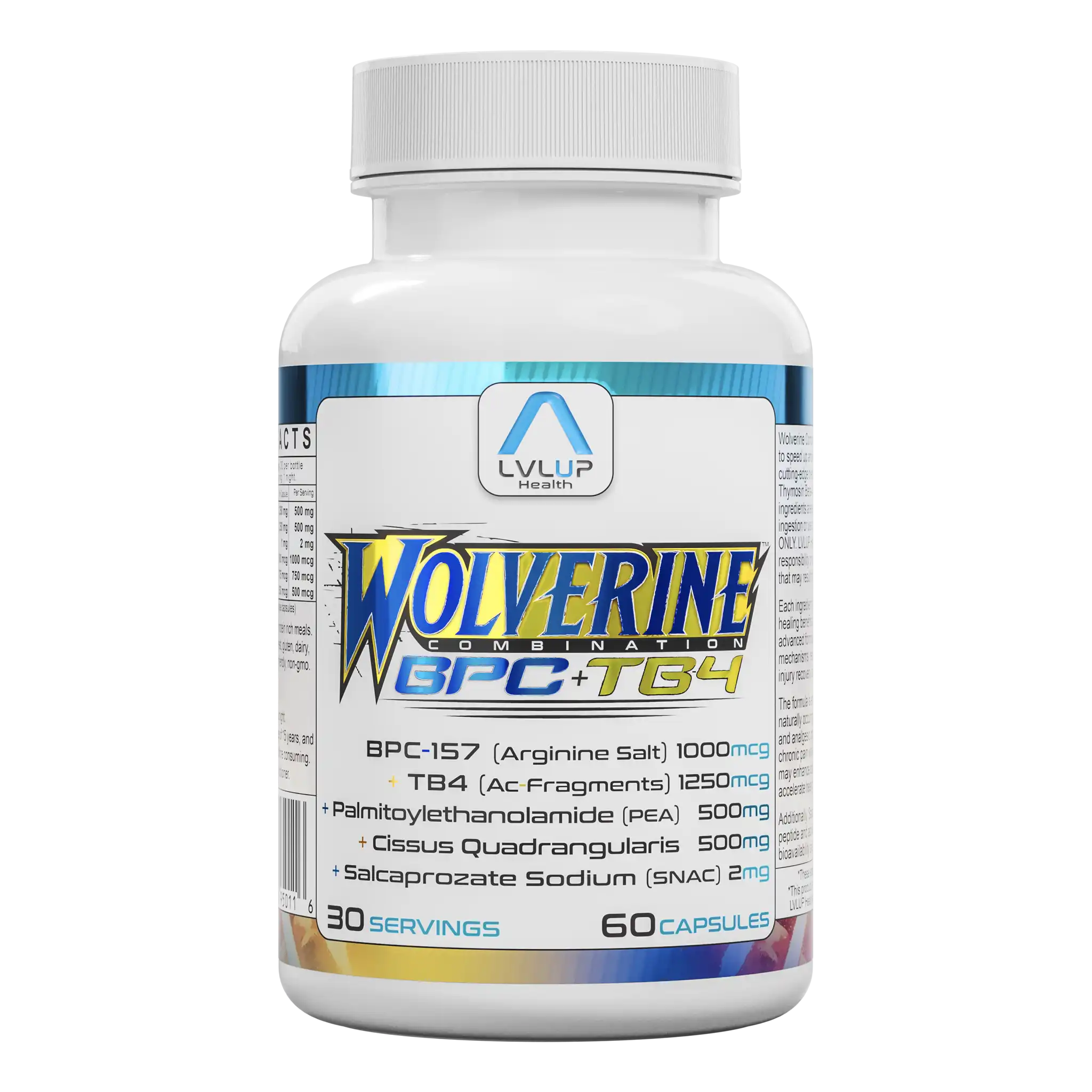
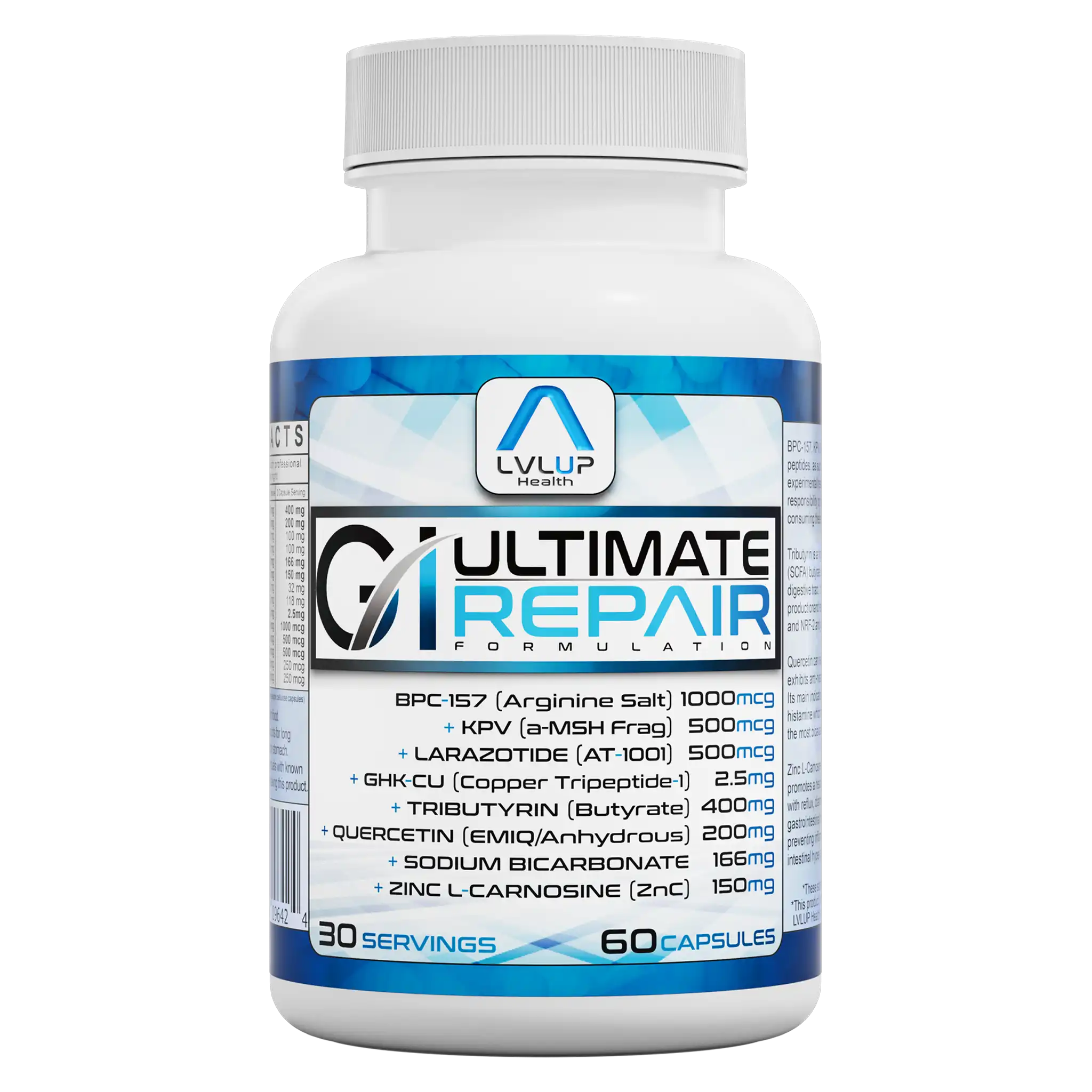
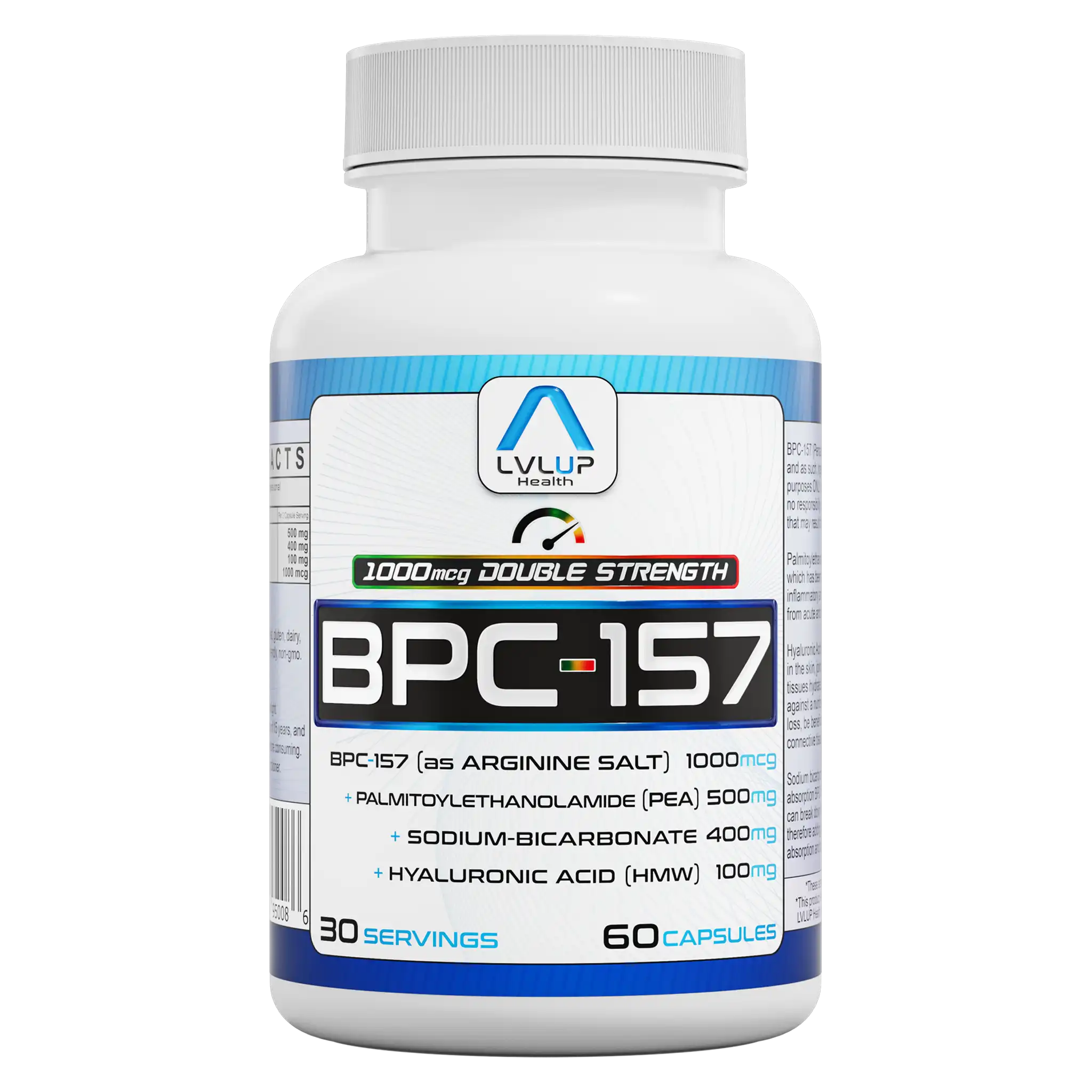
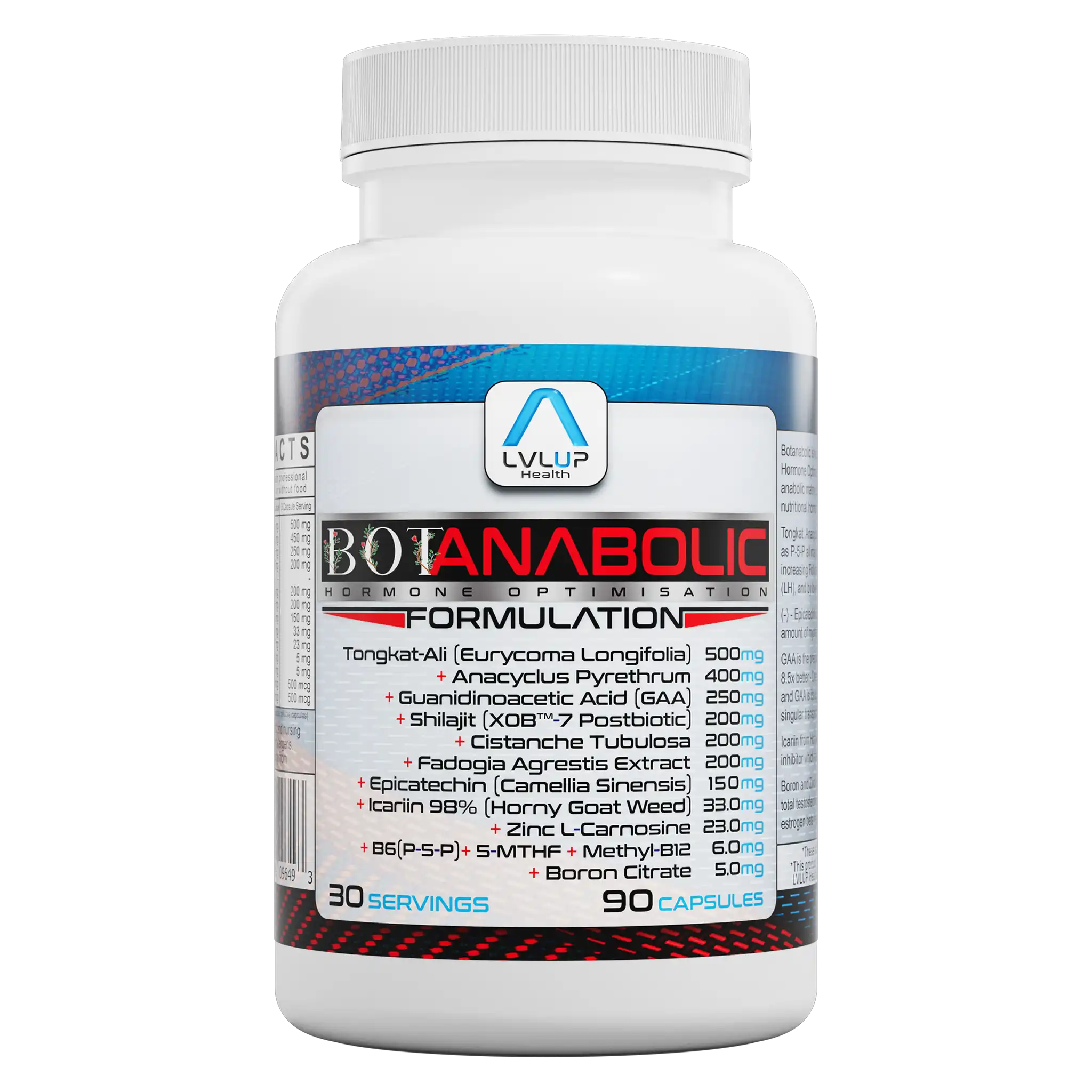
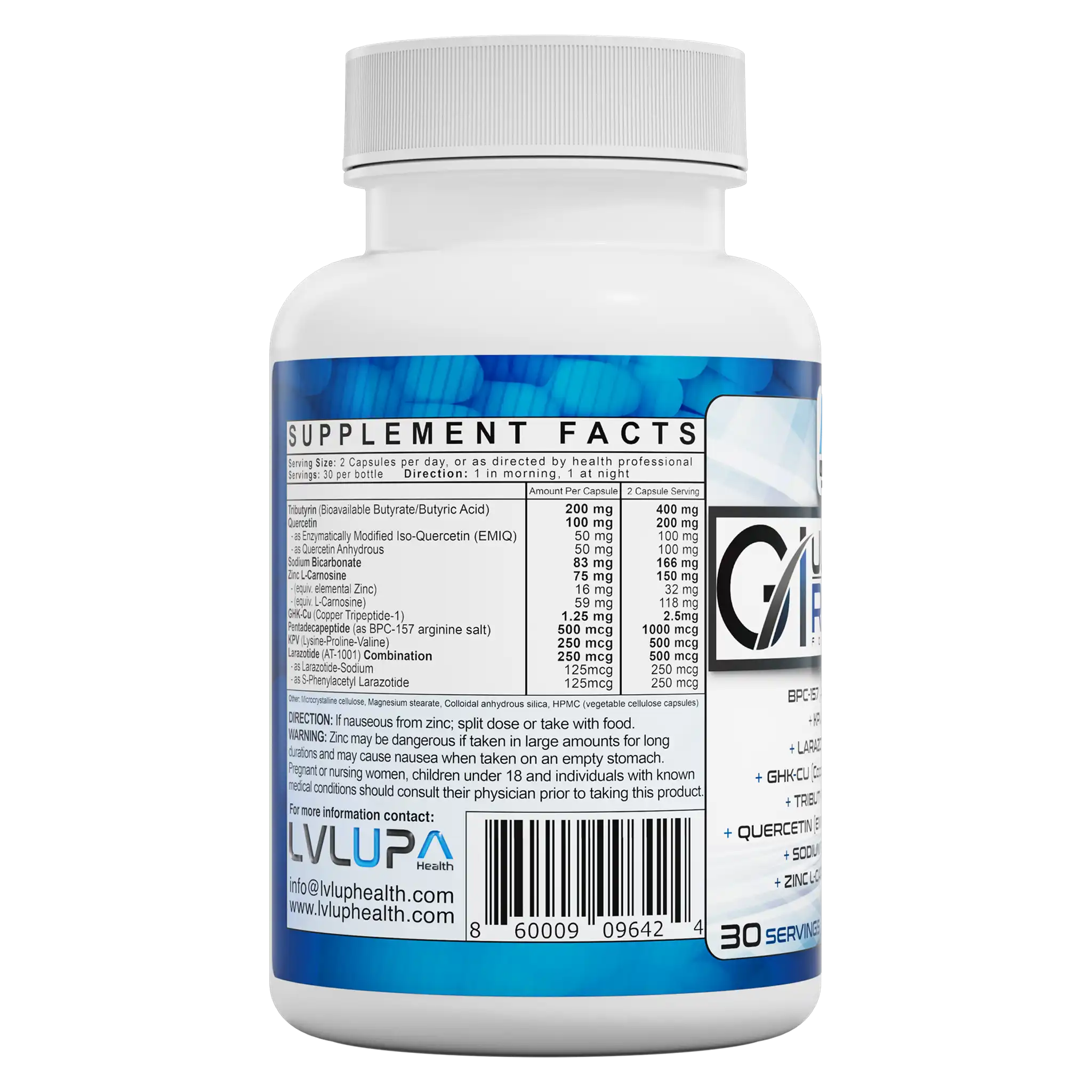
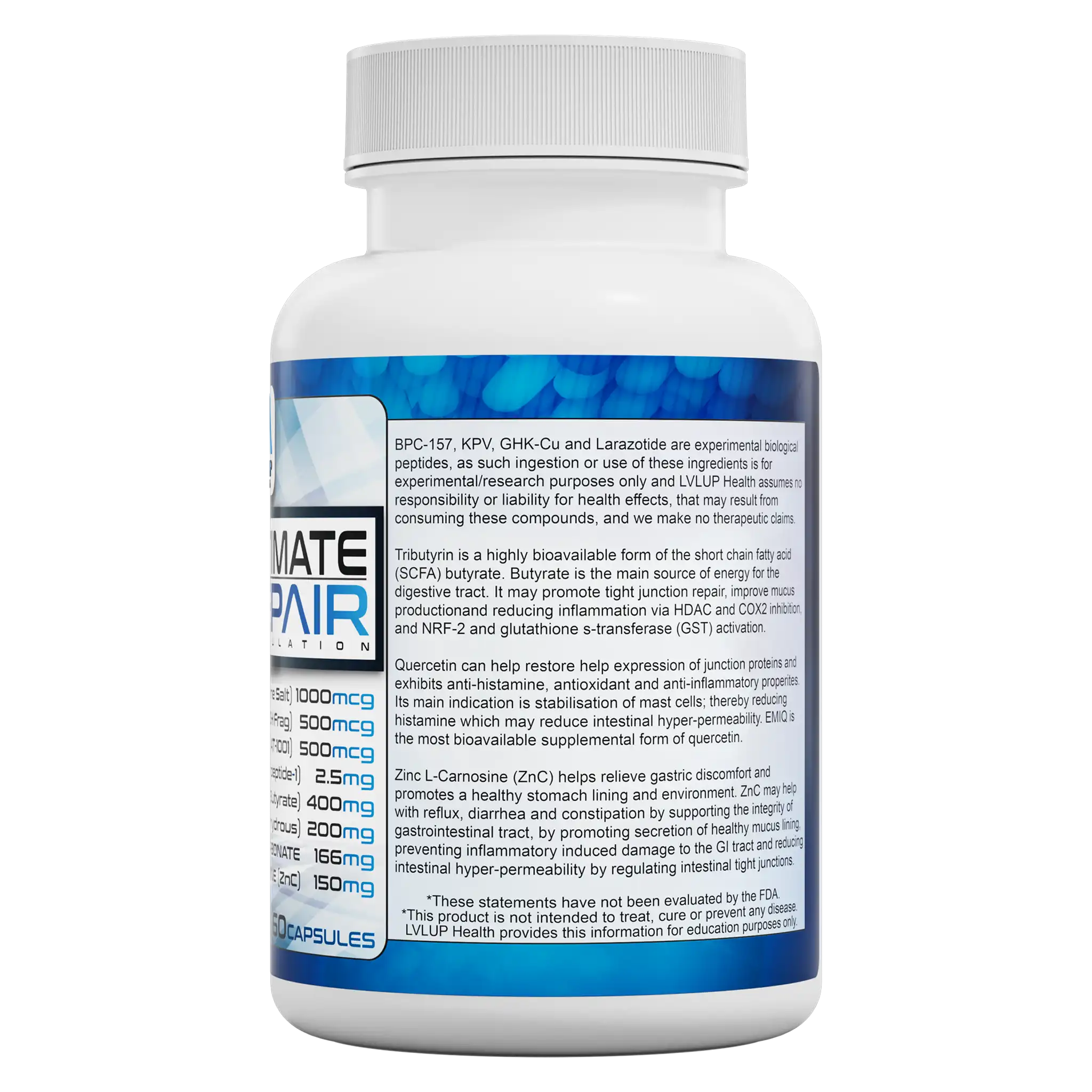
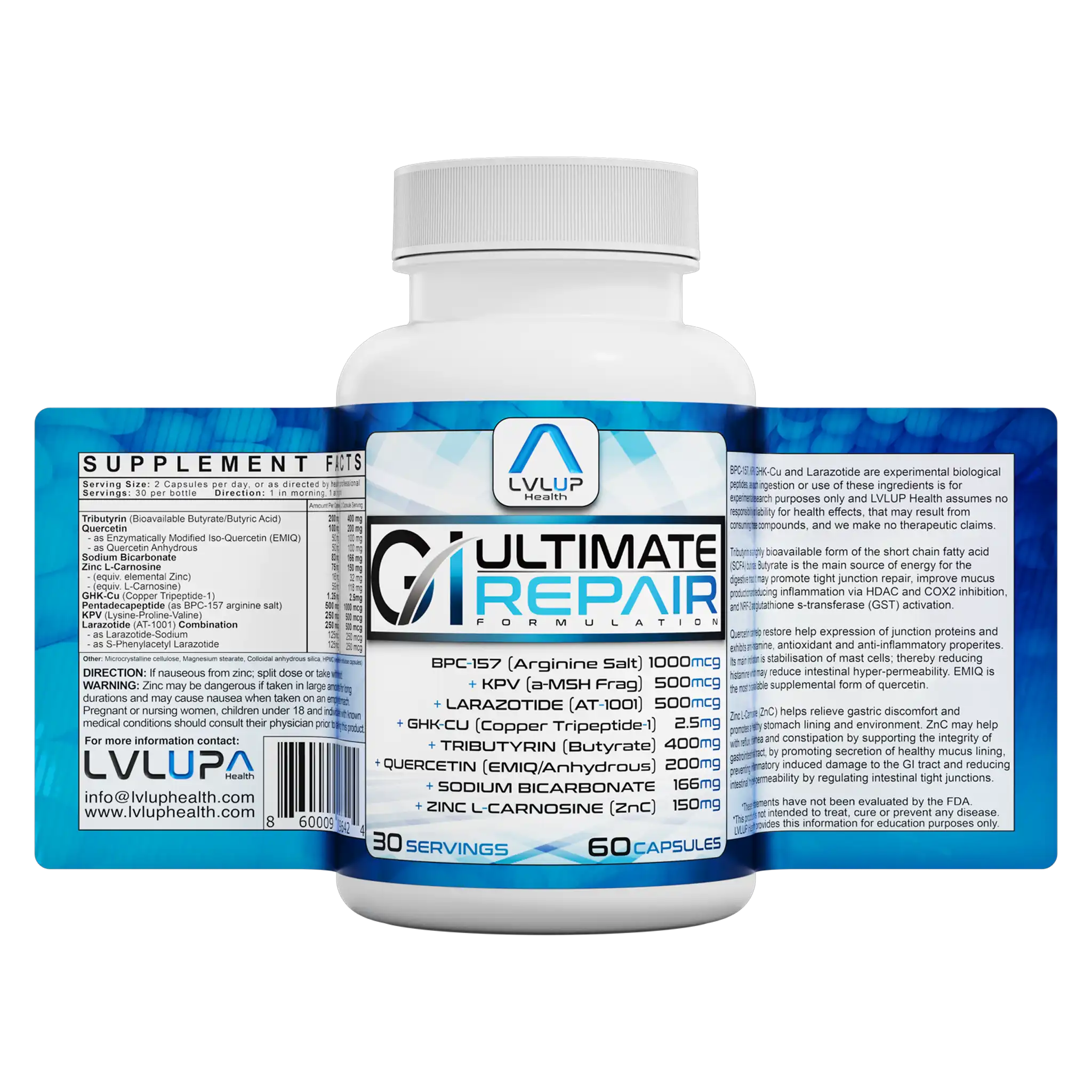
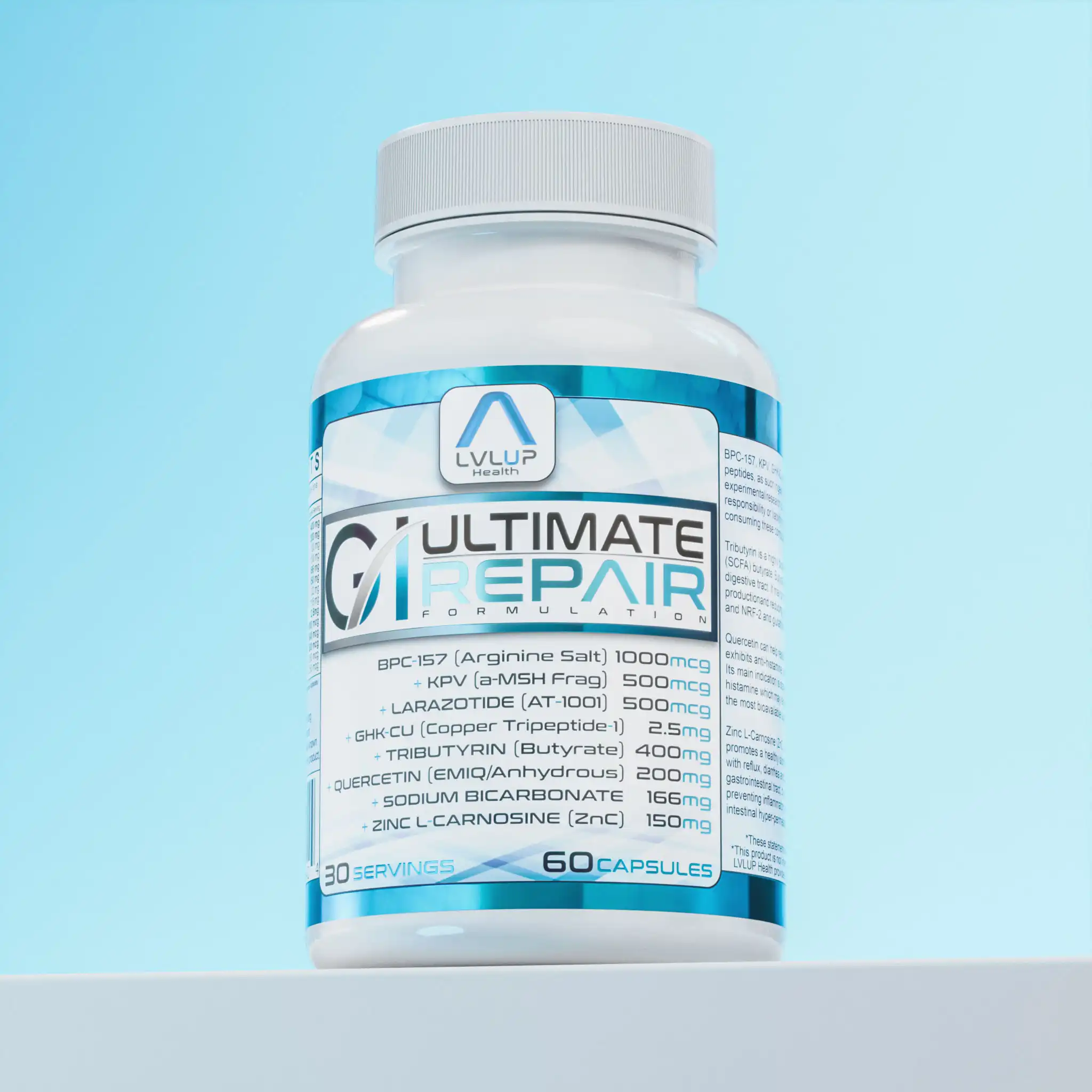
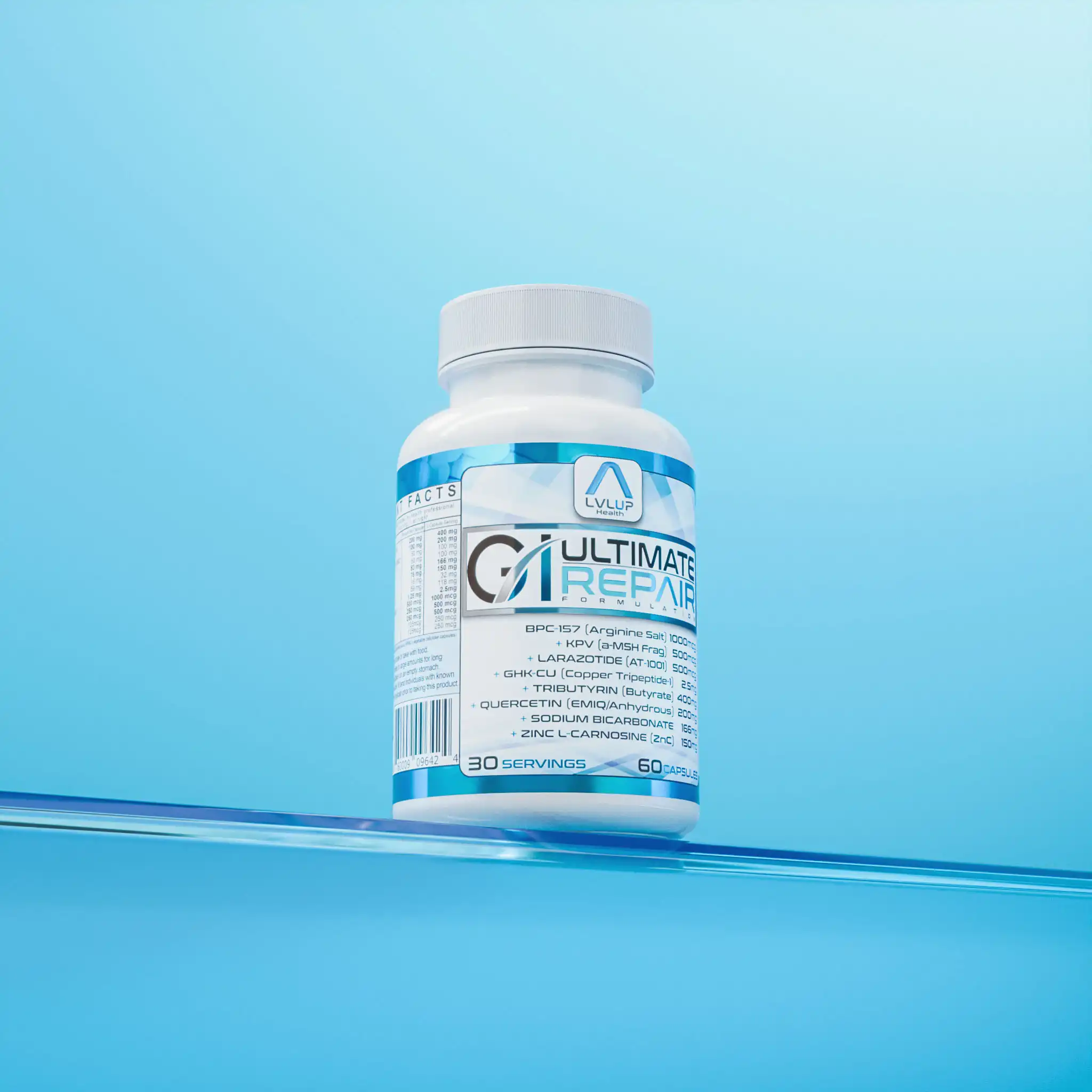
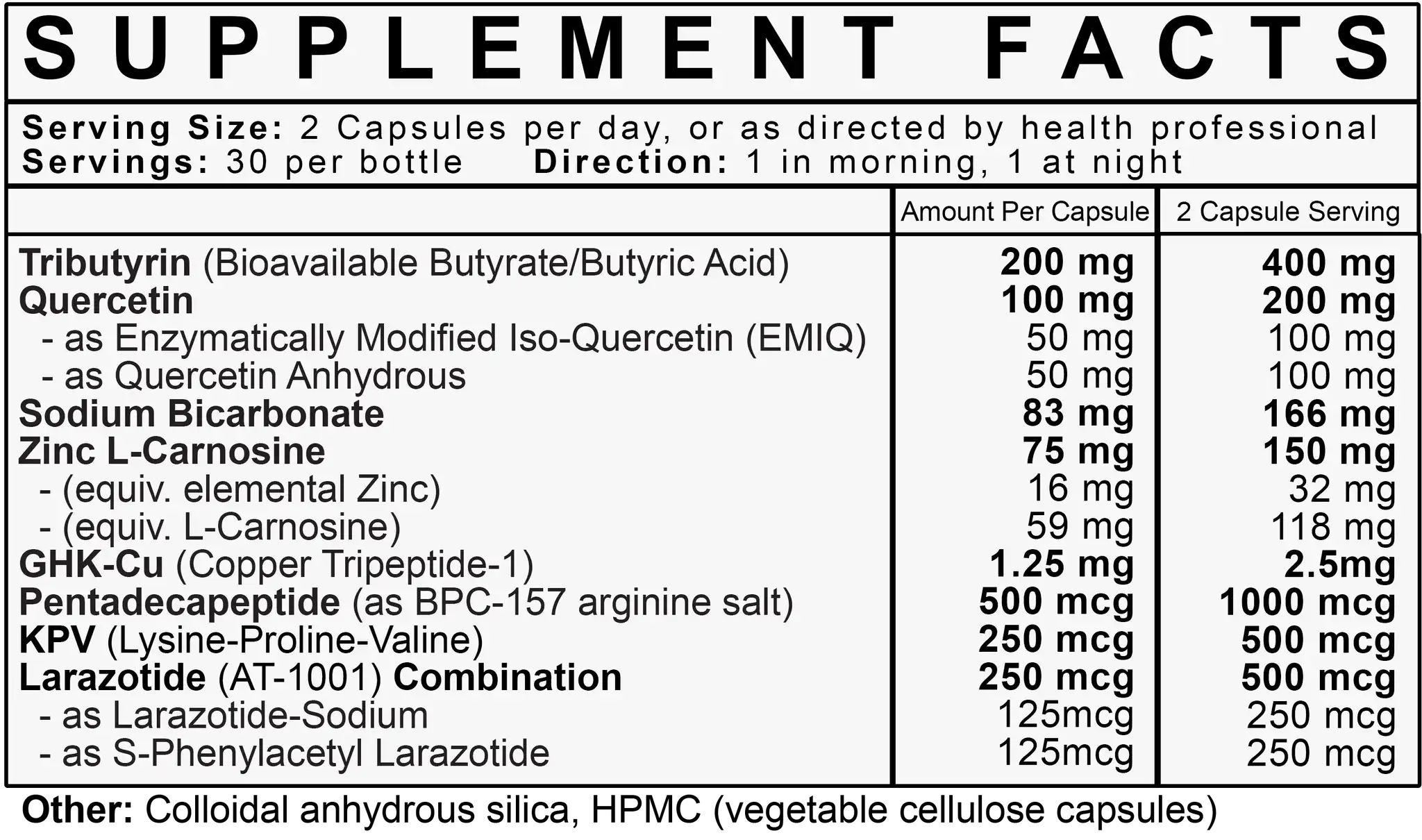

Leave a review